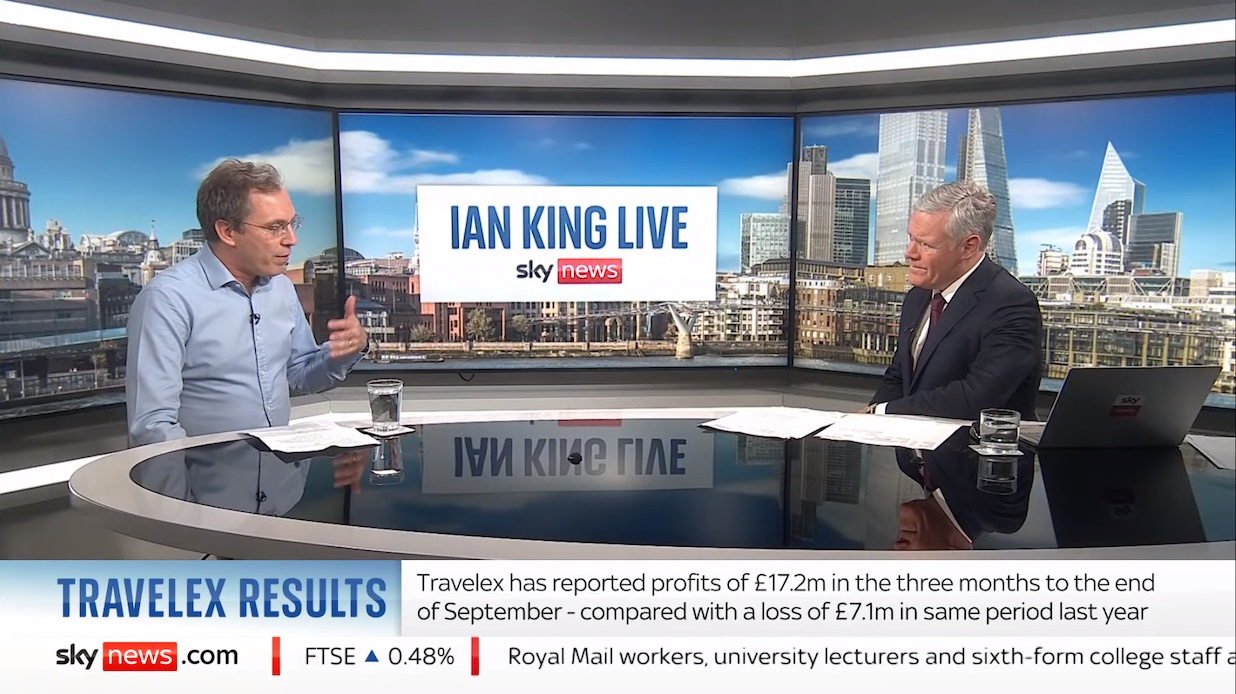Whenever I talk to people about my job, I’ve learnt to expect the question:
“But what exactly is PR?”
If you tell people that you’re a doctor, or a teacher, or a postal worker, they can picture your nine to five pretty easily. But for those who’ve never worked in, or with, PR, ‘Public Relations’ might feel like a vague concept – an industry that revolves around long liquid lunches and press conferences.
Although there may be misconceptions around what PR is and how it works, the reality is there’s nothing ambiguous about what makes a good PR strategy. A successful media relations campaign has some clear foundations behind it: news, views, and interviews are all a core part of what gets your brand recognised and respected by the people who matter.
So, let’s run through what each of these elements look like, and why they’re important.
News
News is as simple as its sounds. If your brand has launched a new product, expanded its foootprint, or released important financial results, for example, then this could well make an impactful story for the media.
News updates can put your company on the industry map. and highlight your successes to key stakeholders – be they customers, partners, or potential investors.
Imagine media outlets covering your news as being placed firmly in a shop window, or being front and centre of an industry networking event: it helps you connect with the industry, showcases who you are and what you do, and ultimately supports you in achieving your wider strategic goals.
What sort of news makes the headlines?
- Product: New product launches and innovation
- Partnerships: New partnerships and ventures with industry stakeholders
- Finance: Major funding achievements, IPOs and positive financial results
- People: New executive employees and senior hires
- Structural: Expansion into new markets and M&A activity
- Data: Original company data, research and insights
When our client Travelex revealed plans to hire more than 1,000 staff and also published impressive post-Covid financial figures, we secured coverage in Sky News, CNBC, BBC News, CNN and others. As a leading FX brand, the coverage highlighted Travelex’s turnaround and recovery to audiences of millions around the world – including their customers, potential investors and the wider financial services and travel sectors.
Views
If news is the foundation of brand building in the media, then views are what really differentiates your company. By having clear perspectives and opinions you can demonstrate credibility and authority with a wide range of audiences. This is called ‘thought leadership’.
Unlike company news which is usually self-centred, thought leadership focuses on broader industry stories. It’s the ‘show’ to news’s ‘tell’, and carries a whole extra layer of value by helping brands prove their genuine expertise.
What formats can thought leadership take?
- Opinion pieces: A 600-1000 word article arguing a point-of-view on an industry hot topic, authored by a company spokesperson
- Podcasts: Featuring as a guest to discuss important themes for your industry
- Expert commentary and newsjacking: A quote from your spokesperson embedded within a longer news article or feature
Our client Birchgrove is a vocal leader in the BTR property sector. When the government announced an extra £46m in the budget to fund local planning authorities, Birchgrove CEO Honor Barratt was one of the industry’s most prominent voices backing the measure, including in EG. Doing so positioned her as a champion of planning reform.
Interviews
People – not corporates – build trust and authenticity; leveraging the human face of a brand through interviews is therefore one of the most effective tactics in the PR playbook.
Interviews are either written or broadcast. Written interviews are usually used to develop a longer-form feature, where quotes from the interviewee are weaved into an article about your company or sector you operate in. Alternatively, interviews are sometimes published as a Q&A, with an interviewee’s answers published verbatim – sometime in full, although more often in a trimmed-down version.
Then there’s broadcast. A live TV or radio interview can be daunting, but the brand building potential of getting your spokesperson in front of millions of viewers or listeners cannot be overstated. Broadcast interviews show stakeholders that you’re credible, authoritative, and have confidence delivering your message. They can also often lead to opportunities for further exposure.
What topics can form the basis of interviews?
Major company updates e.g. financial results, new product innovation or launching in new markets
Global or industry news e.g. a reaction to industry news – how the budget might affect your sector, the impact of new industry regulation, or new trends in your sector, for example
When the Covid-19 pandemic hit the property sector, it left a lot of real estate assets valued below their true worth. Our client, Montague Real Estate, recognised this trend and its impact on the industry. We successfully pitched the angle to CNBC, securing Montague’s founder and CEO, Thomas Balashev, an exclusive broadcast interview.
It’s perhaps clichéd to say, but every brand has a different news pipeline, range of spokespeople and expert opinions. One campaign might focus primarily on company updates, with only a small volume of thought leadership. Another strategy might revolve around expert commentary, with fewer corporate announcements. The key is to be flexible, but with the components of news, view and interviews underpinning a campaign, you are always likely to achieve cut media through.

